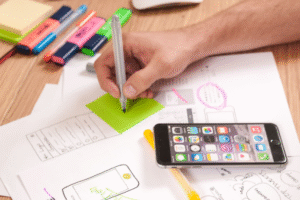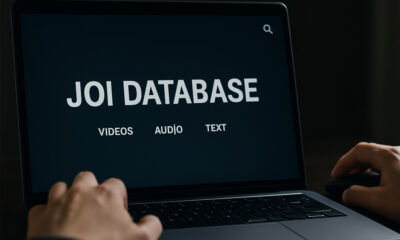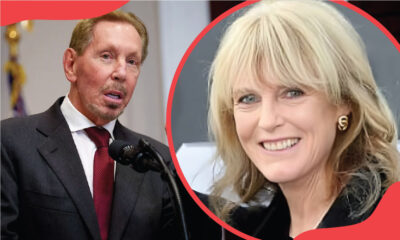What you need cannot be achieved with traditional budgeting—hours of entering data, figures, and filing in countless spreadsheets. The very complexity of it all discourages many people from even beginning. Monthly expenses are recorded on paper, forgotten receipts pile up, and financial clarity seems perpetually just out of reach.
Budgeting shouldn’t require an accounting degree or consume your weekend. The financial world has seen some big changes since 2016, and 2025 ushers in tools that make what was once tedious number-crunching easy to manage. The technology has finally caught up with what our busy lives really need—a simple budget app.
What Makes a Simple Budget App Different in 2025
A simple budget app strips away unnecessary complexity while delivering powerful financial insights. Unlike bloated software packed with confusing features, these streamlined platforms focus on core functions that matter most: tracking income, monitoring spending, and staying within budget limits.
Modern iterations have evolved significantly from earlier versions. Artificial intelligence now categorises transactions automatically. Machine learning predicts upcoming expenses based on historical patterns. Cloud syncing ensures data stays up to date across all devices without manual updates.
The best budget app free options now rival premium services from just a few years ago. Competition has driven innovation while reducing costs, making sophisticated financial tools accessible to everyone regardless of income level.
Why Do People Use Budgeting Apps?

So, why do people use budgeting apps when traditional methods exist? The answer lies in three critical advantages: automation, visibility, and accountability.
Automation eliminates grunt work. Transactions import automatically from linked accounts. Categories assign themselves through intelligent recognition. Reports generate instantly without lifting a finger. What once took hours now happens in seconds.
Visibility reveals the spending truth. Guessing transforms into knowing. Patterns emerge that manual tracking misses completely. Small expenses that seem insignificant individually can add up to become major budget drains when aggregated over time.
Accountability creates lasting change. Real-time alerts notify when spending approaches limits. Visual progress bars show exactly how much remains in each category. Psychological triggers activate that paper budgets simply cannot replicate.
According to financial wellness research, digital budgeting tools increase saving rates by making financial health visible and actionable rather than abstract and overwhelming.
The Evolution That Changed Everything
Five years ago, budget apps required significant setup time and technical knowledge. Categories needed manual creation. Transactions demanded individual review. The learning curve discouraged widespread adoption despite obvious benefits.
Apps now launch with intelligent defaults based on spending data from millions of users. Onboarding takes minutes instead of hours. Interfaces have simplified to the point where financial literacy is no longer necessary to start tracking effectively.
A simple budget app review across major platforms reveals consistent themes: ease of use, minimal maintenance, and immediate value. Users report feeling financially organised within days rather than months of adoption.
Features That Actually Matter
The best budgeting platforms for 2025 have these things in common, helping sift through the digital noise to find useful tools. Knowing these attributes makes it easier to decide which app deserves valuable phone storage space.
Intelligent categorisation knows merchants and automatically allocates spending to the right buckets. Food comes from the grocery store to buy. Gas stations fall into transportation. Netflix takes you straight into entertainment without any manual labour.
Bill tracking spots monthly charges and estimates due dates. Subscription management features services that you might have forgotten about. Alerts can help to keep late fees from creeping into the monthly budget.
Setting goals turns vague dreams into specific destinations. Your emergency fund or vacation fund, or debt payoff can all have dedicated tracking with progress visualisation to keep you motivated.
Insights Sign Into Digital Dive Spend by the numbers, our spending tells a story through charts and graphs. What day of the week is spending the highest? How close to the end of the month are accounts overstretched? Such revelations can be used to create strategic delays.
Taking the First Step Toward Financial Clarity
Starting doesn’t require perfect conditions or a complete financial overhaul. Download an app, link one account, and observe for a week. The insights gained from passive observation alone often spark motivation for deeper engagement.
Budget apps work best when integrated into daily routines rather than treated as occasional check-ins. A quick morning glance shows spending capacity for the day. Evening reviews confirm staying on track. This rhythm builds financial awareness that compounds over time.
We’ve watched digital tools revolutionise every aspect of modern life. Money management deserves the same transformation. The technology exists, it’s accessible, and it works.

 Celebrity6 months ago
Celebrity6 months ago
 Entertainment5 months ago
Entertainment5 months ago
 Celebrity3 months ago
Celebrity3 months ago
 News3 months ago
News3 months ago

















